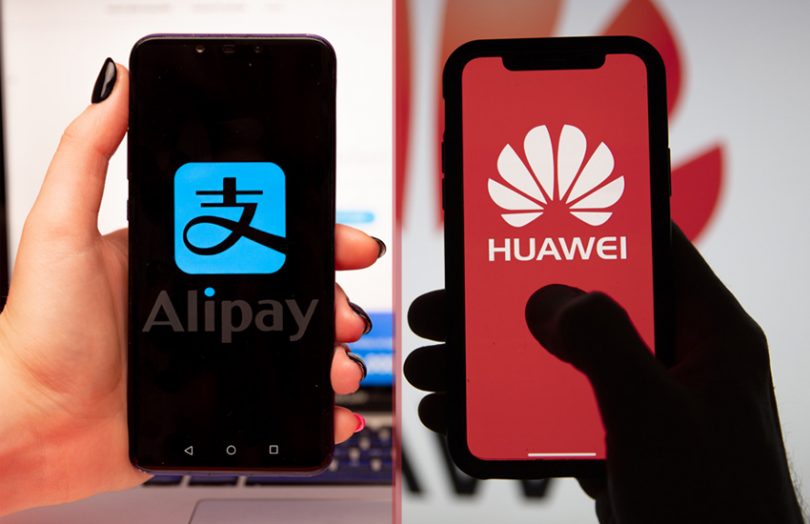Last week Huawei bought Xunlian Zhipay, which owns a payments license. Huawei was one of the founding partners in the development of the digital yuan, providing the cloud infrastructure for China’s central bank digital currency (CBDC). The move comes as Chinese authorities are trying to reign in the duopoly of AliPay and WeChat Pay in mobile payments. Recent draft legislation shows authorities could consider breaking up both AliPay and WeChat Pay. (We attach a copy of the draft legislation automatically translated using Google Translate).
To date, Huawei has apparently intentionally not sought to acquire a payments license. So what’s changed? Firstly, the eCNY or digital yuan is getting closer to launch. And secondly, if AliPay is broken up, this will create new opportunities.
Four months ago, the telecoms infrastructure company announced that its HuaweiMate 40 series of smartphones would support China’s central bank digital currency (CBDC). It provides a digital renminbi hardware wallet and hardware-level security.
According to the Xunlian Zhipay report, Huawei has a mobile phone userbase of 300 million in China and hence that is its market potential for payments.
However, without a license, Huawei’s wallet transactions have to be funneled via a bank. Unrelated to the CBDC work, the company has an existing wallet app.
It also might struggle to compete against the AliPay and WeChat Pay stranglehold on mobile payments. Unless it believes that’s about to end.
The timing may be no accident. Draft regulations that talk about a break up were published on January 21. Reports of Huawei’s banking license acquisition came out on February 7.
The AliPay context
Last year, AliPay parent Ant Group pulled its giant IPO at the last minute. Prior to the IPO, there were already signs of bubbling Government concern about its market dominance.
More recently, Ant was told to turn the parent into a financial holding company, with all the capital requirements that comes with.
On top of that, three weeks ago, the People’s Bank of China published draft legislation for non-bank payments institutions for commentary.
It stipulates that there’s a dominant position if one payments institution has more than half of the market, two have more than two thirds, and three have more than three quarters. Currently, AliPay’s market share is 55% and together with WeChat Pay, they have something like a 90% market share. But the proposed rule states it would still consult the antitrust regulator to confirm the dominant position.
How might AliPay be broken up?
The draft legislation states, “the People’s Bank of China may propose to the State Council’s anti-monopoly law enforcement agency to stop measures such as abuse of market dominance, cessation of centralization, and separation of non-bank payment institutions according to the type of payment business.”
That last point seems to say it would break up the payment business based on type.
It seems a shame to punish a company for its success in execution, particularly if the competition will be from other massive companies as opposed to strong innovators.
Ant has numerous aspects to its financial services from loans and insurance to wealth management. Potentially the authorities might force these offerings to be split from AliPay.
But the legal wording refers explicitly to the payments business, which raises the question of how it might split AliPay? An obvious one is to prevent the mixing of business and retail payments. While the perception is of AliPay as a retail payment app, it targets SMEs in line with its Alibaba heritage.
One could separate online versus offline payments, although that could be inconvenient for consumers. Payments apps could be split into regions, which again seems inconvenient. But one could have a single user-facing app with multiple payment operators under the hood. However, that may radically increase overheads, which ultimately will be passed on to end-users.
And the merchant acquiring business could be split from the payments side. That last point is an interesting one, because in the early days, the central bank’s digital currency may compete here since it plans to charge retailers less or possibly nothing. Hence merchants might be inclined to offer discounts if a customer pays with the digital renminbi. Point of sale charges to the retailer is usually a major source of income for the payments apps.
While every country has a unique payments landscape, governments worldwide are trying to figure out how to deal with big tech entrance into payments and their dominance. Reaction to Facebook’s Diem (formerly Libra) is just one example.
And one of the rationales for any central bank digital currency is to ensure that a government infrastructure retains control over payments as opposed to ceding that to private firms.






